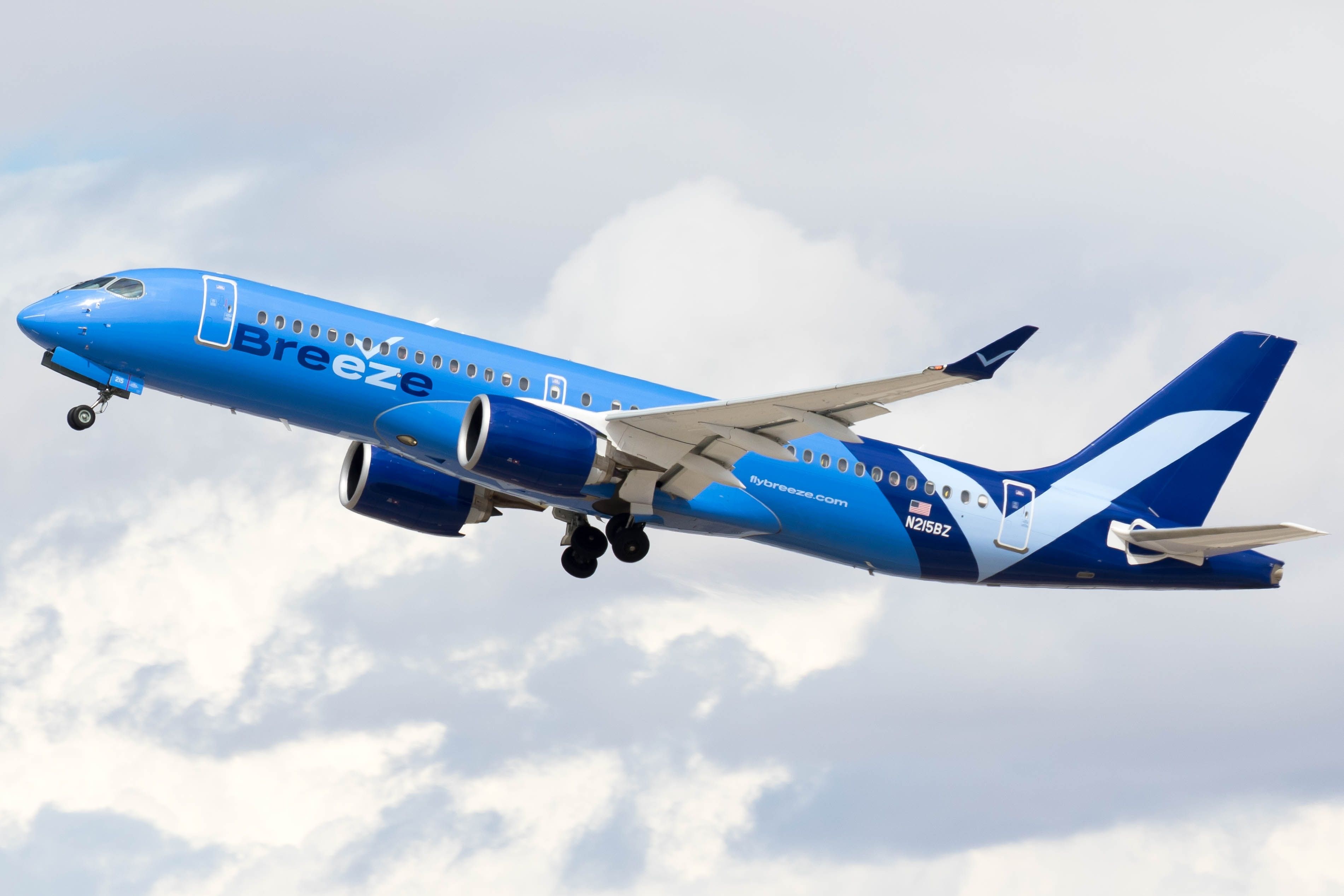Meiji Mura is an open-air museum that showcases a collection of 67 buildings transferred from all over Japan and rebuilt on 250 acres of land. It features buildings from Japan’s Meiji era (1868-1912), Taisho era (1912-1926) and early Showa era (1926-1989). Each of these periods begins with the coronation of a new emperor and usually concludes with his passing.
The eras’ names, often inspired by classical Chinese writings, also serve as each emperor’s posthumous title. The museum takes its name from its many Meiji-era buildings, which blend Western architectural styles with traditional Japanese techniques. Of the 67 structures on the site, 11 are designated as Important Cultural Assets.
Most of the others are Tangible Cultural Assets of Japan. Photo by: James Rogers Frank Lloyd Wright’s Imperial Hotel The most famous building at Meiji Mura is the entrance and lobby of Frank Lloyd Wright’s Imperial Hotel, which was relocated from Tokyo. Wright, renowned as the most famous American architect of the 20th century, chose lava rock and intricate decorative carvings to create the hotel’s iconic look.
His signature style, known as “organic architecture,” aims to achieve harmony between a structure and its surrounding nature. Meiji Mura also preserves religious buildings, a reminder that Japan’s religious history includes Christianity alongside Buddhism and Shintoism. Two churches from Kyoto: St.
John’s Church (1907) and St. Francis Xavier Catholic Cathedral (1890)�.


















